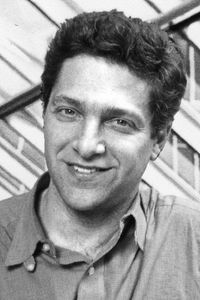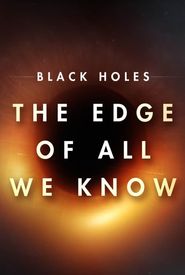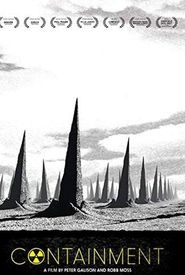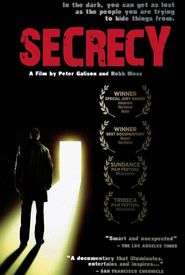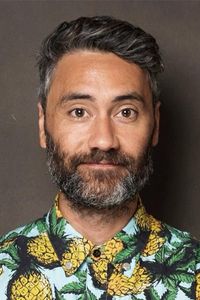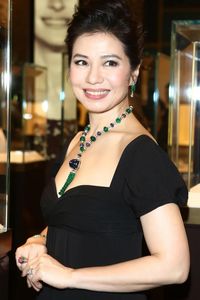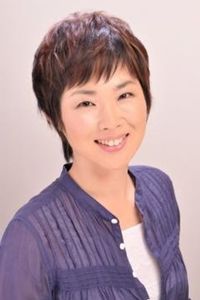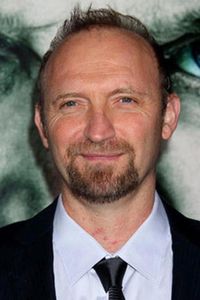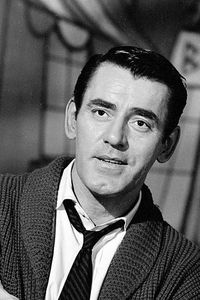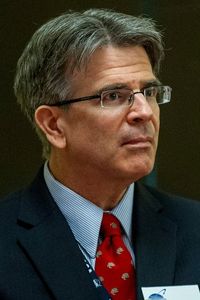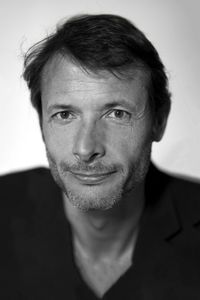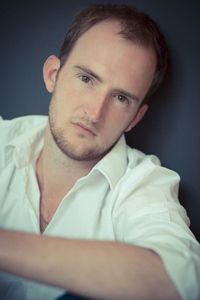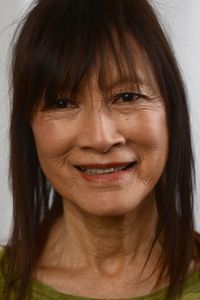Peter Galison, a renowned scholar and expert in his field, has made significant contributions to the world of science and academia through his extensive body of work. One of his most notable achievements is the creation of the documentary film "Containment", which was released in 2015 and has since garnered widespread critical acclaim. Additionally, Galison has also made a name for himself with his work on the book "Secrecy", which was published in 2008 and offers a thought-provoking exploration of the complex and often controversial issues surrounding secrecy and its impact on society.
Furthermore, Galison's most recent endeavor, the documentary film "The Edge of All We Know", was released in 2020 and has been met with rave reviews from critics and audiences alike. This latest work is a testament to Galison's continued dedication to pushing the boundaries of scientific knowledge and sharing his findings with the world.
